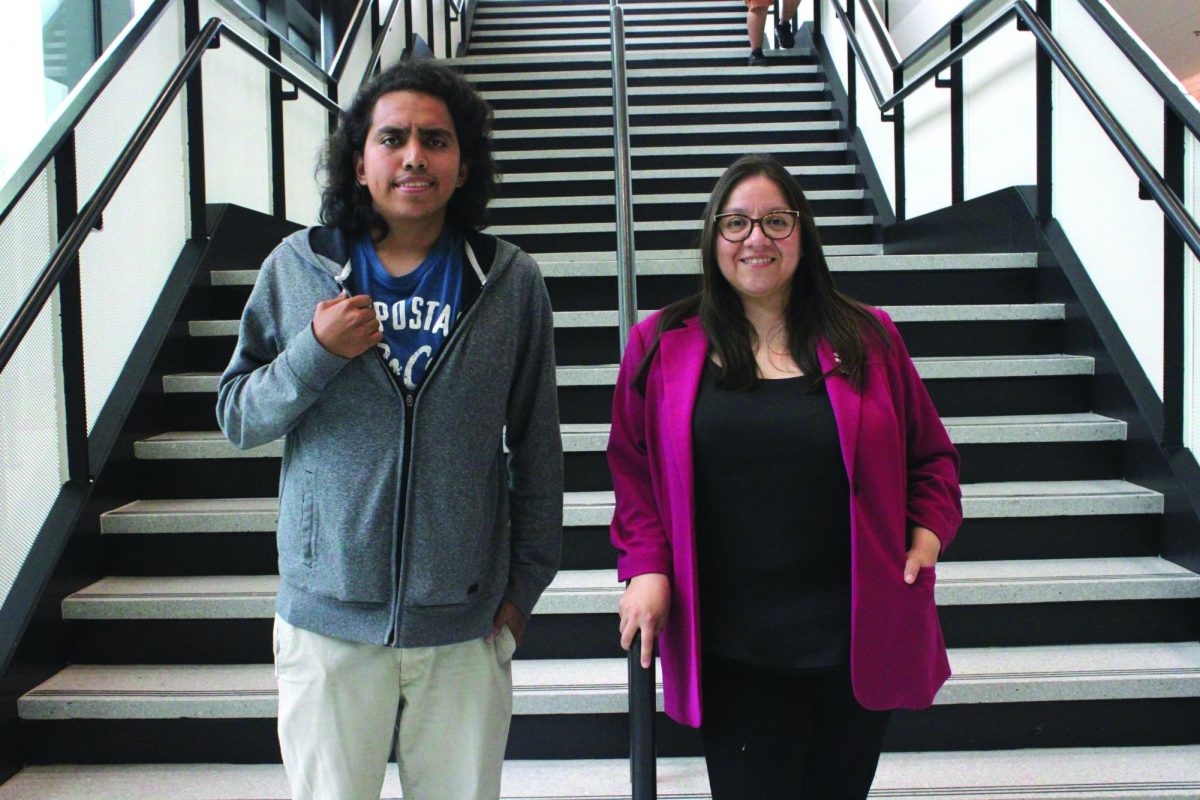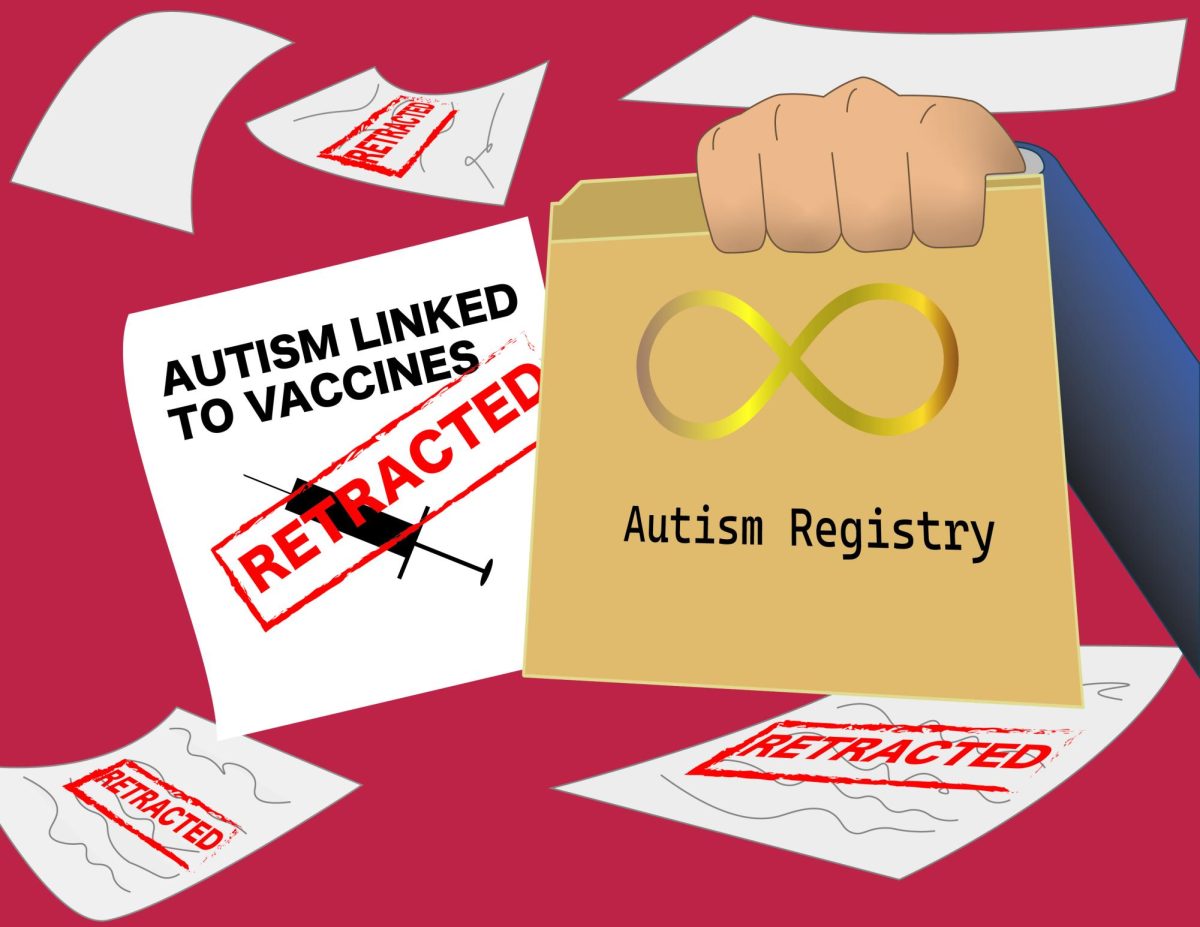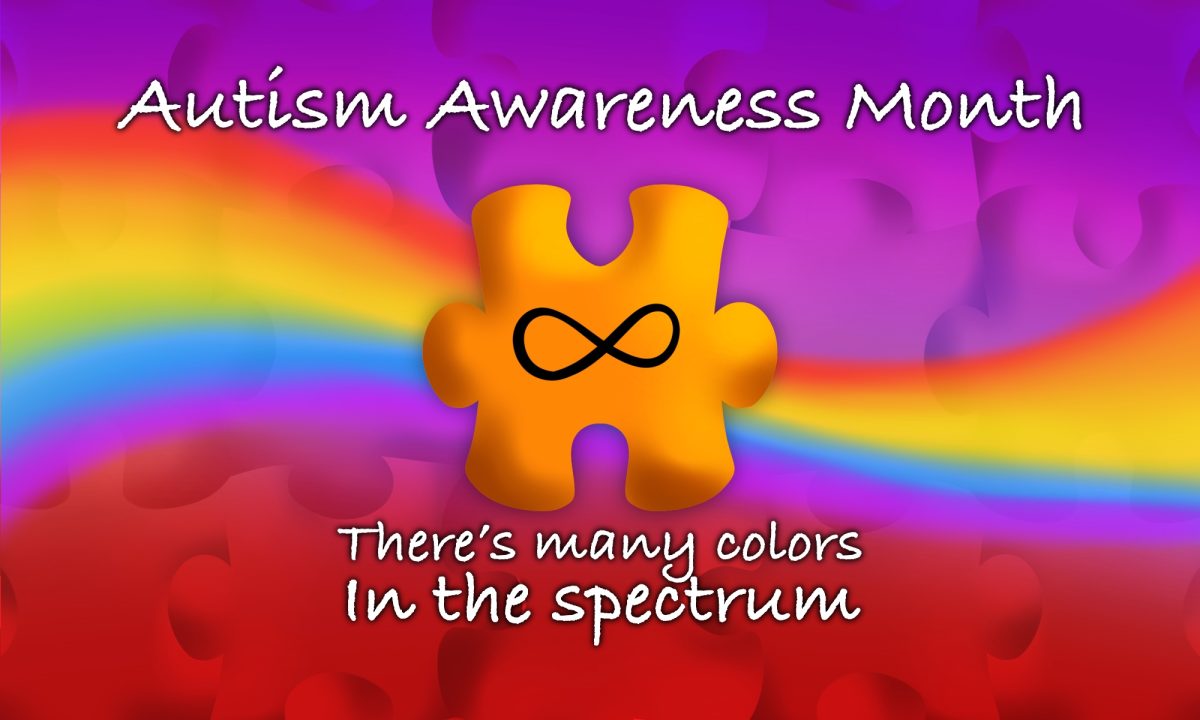By Braulio Tellez
We are often told to put ourselves in other people’s shoes if we want to understand their perspectives.
The recent shootings of Michael Brown, Eric Garner and Tamir Rice have raised questions regarding how law enforcement should handle situations that require lethal force.
My fellow editors and I visited Eastfield Director of Criminal Justice Randy Stewart to walk us through the use of force procedure they teach in the criminal justice training center. The training teaches potential officers the laws regarding using force against suspects and the proper ways to react to danger. I figured if we could experience what cadets go through when they train, we could view the controversy in a different light.
Life & Arts Editor Andy Carrizales, Opinion Editor Parker Ward, reporter James Hart and I volunteered for the exercise.
We were buzzing with anticipation on our way to the W building. Even though I knew it was simulated, I was nervous about being put into a confrontation.
When we arrived, Stewart took us to a gym where the cadets do their physical training. On the back wall was a projection screen, surrounded by motion sensors and microphones. Stewart explained to us that the screen ran simulations of real altercations officers experienced. Actors recreated the scenarios several times, each with different results depending on what the cadet says and does. It is up to the cadet to speak to the characters on the screen and evaluate the situation. We were equipped with a gun, pepper spray, stun gun and flashlight. All four objects had been modified to interact with the simulated environment and were harmless in real life.
Stewart quickly went over lessons cadets are taught before reaching this part of the course. Although we are not able to attend a full semester of cadet training and our knowledge is limited, the exercises we went through gave us real perspective on what officers face.
The first exercise required two people to stand in front of each other. Each person held a fake gun and played either an officer or a criminal.
The officer was to yell “Drop your weapon,” while the criminal was instructed to raise their weapon as fast as possible and yell “bang.”
“Your reaction is always going to be slower than the initial action,” Stewart said. “Officers are often put into situations where it becomes difficult to know when to pull the trigger.”
Each time the officer attempted to shoot the criminal, the officer was shot first.
“It’s rare that an officer will ever get the upper hand in a face-to-face situation,” Stewart said.
After going through that exercise, it was time to run through the simulator. I went first.
I was given a police belt with each weapon in its assigned holster. Stewart told me to speak to the suspects as if I were approaching them in real life. He also placed a makeshift wall that I could use for cover.
I was to approach a dark warehouse where there had been reports of a suspicious man roaming around. The lights were turned off and the screen began counting down from three.
I walked up to what looked like a building you would see in Dallas’ industrial district. I pulled out my flashlight and shone it inside the doorway. About six steps in, a white man dressed in a flannel shirt, jeans and boots popped up from behind a counter.
He lifted his right hand in front of his face when I shone the light on him and left the other hand behind a box on the table. He said, “What, man? What do you want?”
I asked him what he was doing in the warehouse so late and he told me that he worked there.
At this point, I felt the situation becoming tense. Even though it was only a projection screen, the man was intimidating. I had no clue what was in his other hand. I could only assume.
I raised my voice and told him to raise both hands in the air.
“Why?” he asked. “I’m not doing anything wrong. I’m just working a late shift trying to get some work done.”
I told him one more time to let me see his hands, but before I could get a grip on my pistol, he pulled out his own gun and fired six rounds.
I was dead.
“You see that?” Stewart asked.“You had no time to react to his gunshots.”
The point Stewart made earlier about action and reaction started to resonate more clearly .
Carrizales, Hart and Ward went next, each with a different experience.
Ward dealt with two children playing with a gun on a school bus, while Carrizales had a shootout with a man who had just shot her partner. Hart tried to settle a domestic dispute with an aggravated man.
Now that I have seen a tiny glimpse into what a police officer must go through mentally when called to handle a disturbance, I understand the severity of assessing a situation with a limited amount of time.
Police officers must be mentally heightened at all times and be able to make decisions at the drop of a pin. Not doing so can result in injury or death.
The police shootings under national scrutiny took place under unique circumstances, but all required an officer who was steady of hand and properly trained to deal with that altercation.
Even so, a few of the cases do not add up to me, and I would only hope that if there was an injustice done, our judicial system would do its best to put any unlawful person to justice.






